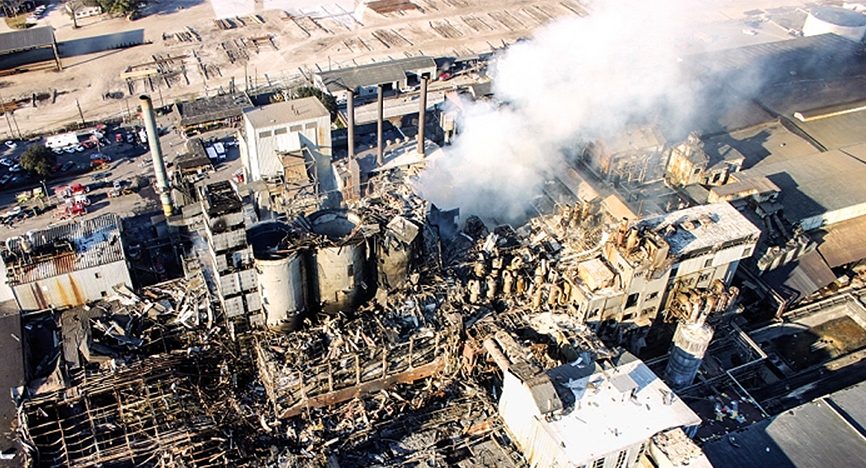Today it seems to be a well-known fact that dust, as common as it may be, can be combustible. It has also been determined that if a large enough amount of combustible dust is present that the likelihood of an explosion is increased. Thus, it’s important, if you work with or around particulates, to understand combustible dust safety. Many have disregarded the facts and even tried to fight the authorities, all to find out that the dust that collects in our manufacturing facilities can actually combust under the right circumstances. While it may be true that these circumstances are rare, the result always seems to be the same: Destruction of property and even the loss of life, all tracing back to a buildup of dust particles that are the byproduct of every day manufacturing. We also hear and read about the exorbitant fines, the investigations, their subsequent findings (and even lawsuits,) watch and re-watch disturbing reenactments of explosions as produced by the Chemical Safety Bureau (CSB) and see reports of combustible dust on the daily news or national broadcasts such as 60 Minutes. As industrial manufacturers wait aimlessly for governing agencies such as the NFPA and OSHA to release new policy’s and calls to actions, they gasp at the fines that have been issued all while continuing to look for the easiest, most affordable way to be in compliance for the next audit by their insurance company or OSHA.
Few however have actually debated the true issue of the removal of dust and the problems associated with removing combustible dust such as:
- Dust which has migrated into areas that are not normally cleaned, and the implementation of habitually cleaning them on a regular basis
- Known areas that dust accumulates in and finding a solution to stop the dust from becoming airborne
- Employees not being used to such measures and the training needed to ensure they are
No longer can manufacturer’s response be, “It’s not my problem” until an incident occurs nor can facilities continue to say, “We have been doing it this way for decades and have never had a problem.” It’s not only a question of safety, but as a manufacturer in the 21st century, there should be an expected level of pride taken to understand the complexity of combustible dust safety. In a day in age where it’s no longer acceptable to pump waste into rivers or put hazardous waste into landfills, the removal of dust should be held to similar standards. We spend great resources trying to recycle paper, plastic, glass, and metal from our common trash, so why not institute the same rational for all dusts and clean them up immediately? These are the questions and concerns that Dust In Case is here to address. Covering the concerns of the combustible dust world alongside the available solutions to combat it, our plan is to use our professional insight to safely inform you.


